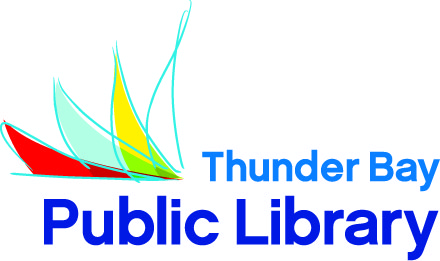
Bucking the e-book trend is the quality and variety of picture books for children still being produced. You can look at a picture book on an iPad or Kobo and the images will change with a swipe of the finger but somehow this is still so far from the satisfying experience of a child holding a book in his or her hand or a parent sharing a book on their lap that it is not comparable as a reading experience.
I thought it would be interesting to explore the world of picture books at this point in time and share the trends and themes which are influencing this unique format. At the Library, picture books are second only to DVDs as the children’s format of choice. Classics from Robert Munsch and Dr. Seuss circulate just as well as those from hot, new artists and authors like Melanie Watt (Scaredy Squirrel) and Mo Willems (The Pigeon Wants A...).
Celebrity Authors and “Sparkly Books”
This trend is continuing from the 1990s when the absence of staff at box stores who could knowledgably recommend good titles encouraged the publication of books with easily recognized “names” from television or film. Then came a spate of sparkly, gimmicky books with what the industry calls “special effects’ – books which have mirrors, sound effects and glow-in-the-dark pages. Some are good; many are mediocre or worse than that.
Good Example: Jamie Lee Curtis Is There Really a Human Race?
Reissues in Board Book Format
As more parents recognized the need to read to babies a mini-trend began of reissuing successful picture books as board books. Avoid the ones which try to cram a 25 page story into a 4” X 4” format. They may work from a marketing angle but won’t keep your toddler’s attention.
Good Example: Me Hungry by Jeremy Tankard
Digital Art and Mixed Media
It is getting difficult to recognize which illustrations have been digitally manipulated and which are rendered in watercolour, oil or pastel techniques. More and more we are seeing mixed media creations in increasingly complex and sophisticated variations.
Good Example: Bright and Early Thursday Evening by Audrey and Don Wood
Combining Fiction with Facts or Creating Non-fiction Picture Books to Teach
Once the lines were clear but now it is common to see picture books about slavery, ballerinas, authors, science or current events. Many have cross-over appeal to older children or adults.
Good Example: Loon by Susan Vande Griek
Genre-Specific Books
Like it or not, there is a very strong trend (and market) for princess or “girly girl” books out there. Correspondingly, there is an insatiable desire for train, big wheels and truck “action” books for little guys.
Good Examples:Goodnight Goodnight Construction Site by Sherri Dusky Rinker or Pinkalicious by
Victoria Kann
Browsing for a good picture book can be a lot of fun. Also, Library staff are knowledgeable about children’s books and always enjoy helping in person or sharing recommendations on the Good Books section on the kids pages of our website www.tbpl.ca.
Angela Meady



